It is easy to quickly build implicit prejudices about who may be the right candidate for a job based on our individual experiences. Let’s imagine, for instance, you’ve attended a top university like Harvard or Yale, and you’re getting a number of applications from applicants, some of whom have attended universities ranked lower than the one you attended. Despite having the credentials to back up their skills, you may unknowingly be less likely to recruit such applicants.
Behind what’s going on here there’s a science known as the halo effect and horn effect, where we subconsciously allow one belief to overshadow others. I hired a person once who had much less experience than the role needed simply because when I first began my career, they reminded me of myself. I subconsciously believed that they possessed the other qualities I’m proud of such as honesty and responsibility, only to find out later that they lacked these features.
My assumed image of the work applicant in that specific case overshadowed their actual ability to perform. I ended up realizing the difficult and expensive way that it doesn’t necessarily mean they’ll be good in the position you’re recruiting for just because an applicant is incredibly likable and charming.
AI
Artificial intelligence (AI) will help eradicate some of our human prejudices in cases like this and help us look past the polished resumes and glorified reviews so that we recruit the most imaginative and productive members of our team. Ashkan Rajaee, whose company, TopDevz, designs custom AI-hiring solutions for Fortune 700 businesses, explains that the candidate will be given positive feedback and support tools if areas of improvement are found early on during the hiring process by the use of higher-tech methods.
Companies may introduce higher-tech strategies through AI that are capable of separating technological expertise from perception in their recruitment process. By placing our developer applicants through a series of tests of personality, soft-skills, and live-coding abilities, we do this. We then enter those outcomes into an algorithm that decides the overall score of the candidate.
We’ve got to do better.
For any organization, appraisal practices are difficult to standardize, let alone through broad recruiting teams, but it is these differences that are typically the root causes of hiring bias from the get-go. A customer once told me that a recruiter suggested she change her name to make it sound less ethnic and pick a male-sounding name for her so that she might have a better chance of getting an interview. Hearing this tale made hiring me feel sad for her and sorry for the businesses that would lack her impressive skill set and track record of the transformation of departments of customer service.
Pre-recorded one-way video interviews
One of the first things that experts recommend introducing is pre-recorded one-way video interviews. Essentially, when the candidate answers the questions, it’s an interview where the interviewer is not present. These pre-recorded interviews often offer a more intimate way for candidates to communicate their inspiration and help them stand out beyond their curriculum vitae.
These one-way video interviews, however, are a relatively new notion that can make applicants feel unbelievably awkward. Also, bear in mind that the on-camera success of an applicant is not what you are there to judge unless you hire the next news anchor or another role on the show. Here are several best practices to maximize the experience of applicants for one-way video interviews.
-
Encourage candidates to familiarise themselves by experimenting with the program, so before recording, they feel relaxed.
-
Enable features such as a digital notepad where applicants can write notes on what they will say.
-
Provide applicants with a checklist in advance with knowledge and tools to correctly assess the camera, lighting, and sound.
-
Let them know that if they’re not comfortable with the camera and might not have the best place to record, it’s OK.
Conclusion
As employers, for most people, we need to note that this is a very new process and they probably feel incredibly confused and anxious, so let’s be mindful of doing what we can to make it a positive experience.














